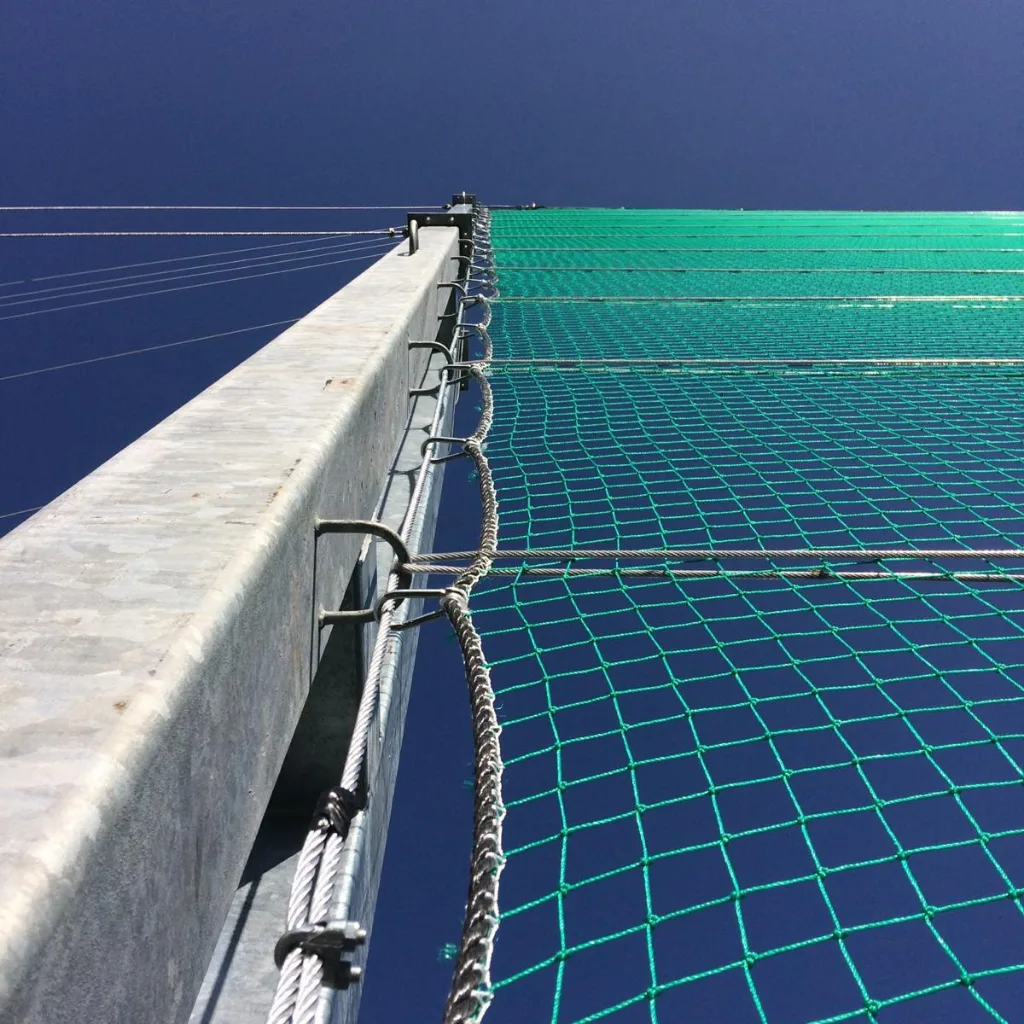Bycatch is an ongoing issue in the fishing industry but there are new technologies on the horizon that have the potential to mitigate or even eliminate marine life being accidentally or incidentally caught in trawl nets.
The importance of dealing with bycatch cannot be overstated given the significant impact it has on the industry. This includes the impact on fisheries and individual fishermen not being able to maximise their quota for target fish species.
When quotas can’t be maximised because of bycatch, the economic viability of fisheries and fishermen is put under threat, but there are knock-on impacts as well. Those knock-on impacts affect the communities where fishermen live and work. There are also downstream impacts, all the way through to the quality, price, and availability of seafood products on the consumer’s plate.
Some of the developing technologies that have the potential to prevent trawl net bycatch include:
- Demersal trawls
- Sensory deterrents
- Active selection solutions
- Automated selection solutions
- AI and machine learning
Demersal Trawls
Demersal trawls are being developed that are capable of catching species just above the sea floor while preventing the bycatch of marine life on the bottom. Demersal trawls can also prevent disruption to the sea floor.
An example of a situation where Demersal trawls can be effective is haddock fishing where a common bycatch is flounder. Haddock comes up off the sea floor at night, so an demersal trawl net can catch the haddock without picking up flounder or any other species on the sea floor.
Demersal trawls can be made even more effective by integrating other technologies. This includes camera systems where skippers can see in real-time what is happening with the trawl net, including its position in relation to the sea floor and the species being caught.
Sensory Deterrents
LED lights are being used on nets to prevent bycatch of certain species of salmon where quotas are restricted. The LED lights work by directing the salmon to escape panels in the nets. Illuminated nets have been successfully used to prevent bycatch for other species of fish too, including Pacific halibut.
LED lights can also be used to lure targeted fish species as opposed to directing potential bycatch to escape panels. Using lights in this way has the potential to improve fishing efficiency, enhance the quality of the catch, and help prevent bycatch.
LED lights are one type of sensory deterrent, but research into other options is also taking place. Examples include acoustic devices and changing the colours of lines and nets.
Active Selection Solutions
Active selection solutions typically use live video technologies, enabling fishermen to see in real time what is happening in their nets. Combined with excluder devices in nets, fishermen can then decide to allow fish to escape, helping to prevent bycatch. Cameras placed inside nets also allow fishermen to create more effective escape routes for potential bycatch.
Automated Selection Solutions
There is also work ongoing in the industry to develop automated selection solutions that include robotics systems, vision systems, and advanced software programmes. These automated solutions operate in a similar way to automated batching and grading systems in modern fish factories.
Installed and operated inside trawl nets, the systems assess the catch to determine the species and size. Marine life that meets preset criteria is retained inside the net while those that don’t are automatically released. These technologies are at an early stage of development, but innovations are ongoing.
AI and Machine Learning
AI (artificial intelligence) and machine learning technologies are having an impact on industries far and wide, and the fishing industry is likely to be no different, including in relation to preventing bycatch. AI technologies, for example, could be used to review trawl footage at a much greater scale, faster, and more effectively than manual processing.
AI technologies can also use satellite imagery, historical data, and recent/live data collected from sensors attached to nets to predict areas where bycatch is more likely to occur. This will enable fishermen to avoid those areas or choose to fish them at a different time when the risk of bycatch is lower.
Looking to the Future
There is currently no completely proven solution to the problem of bycatch in trawl fishing. In fact, in most situations, solutions are likely to involve a combination of the various technologies being developed in addition to current mitigation measures (including the experience of skippers).
There are challenges to overcome, too, including the cost of these technologies, especially as you move down to the small boat level. Any new technologies should also maintain (if not improve) the effectiveness of fishing operations to ensure there is no impact on profitability or efficiency.
Unintended consequences also have to be taken into account. Sensory deterrents are a good example, as what will be the full impact of introducing artificial light, sound, or other measures into the marine ecosystem? Could those unintended consequences outweigh the benefits of bycatch prevention?
While there are questions and challenges, the fact that new technologies are being developed is a good thing for fishermen, the wider fishing industry, and those consumers who want affordable, sustainably sourced fish on their dinner plates.




